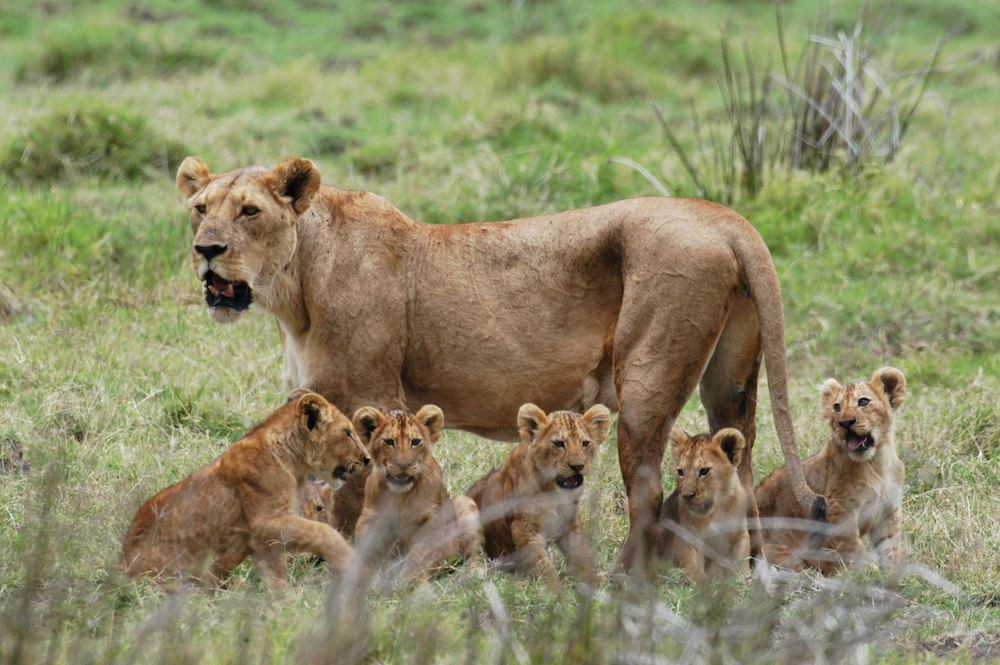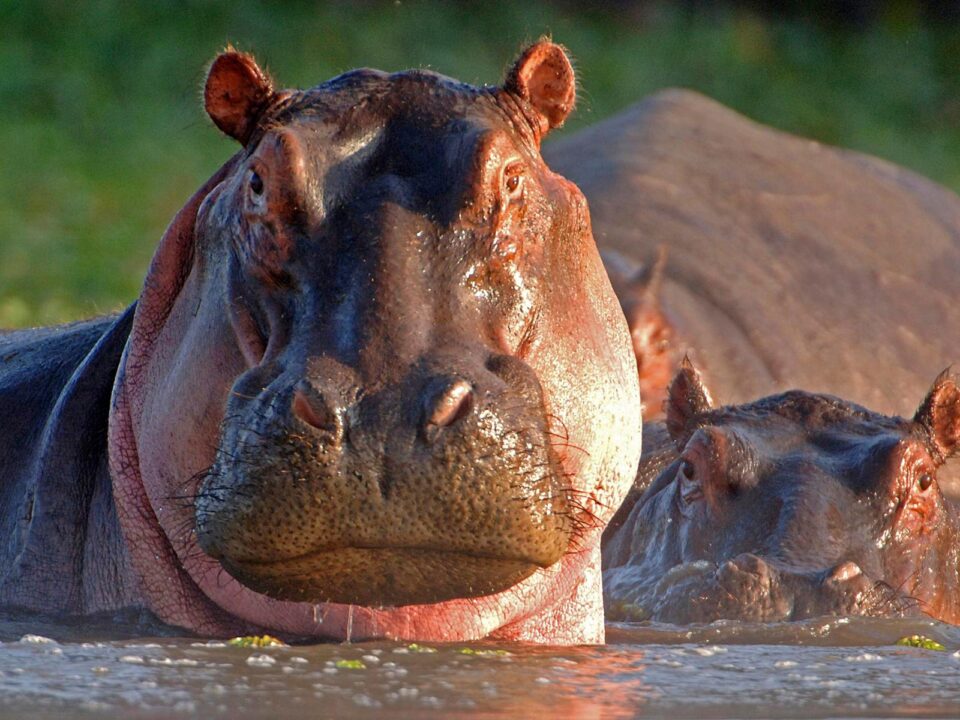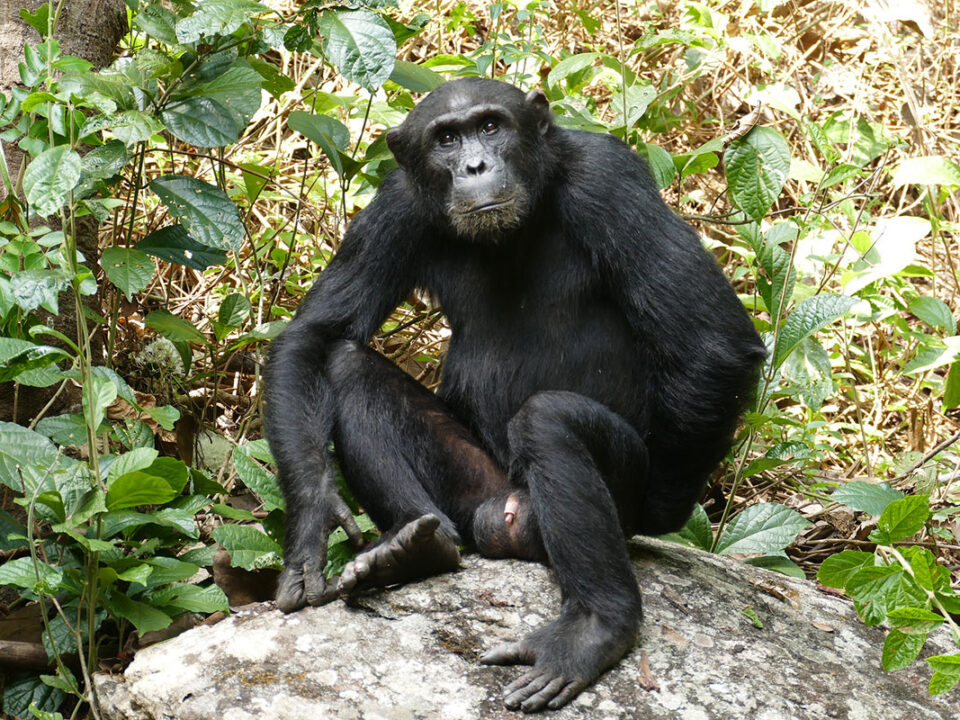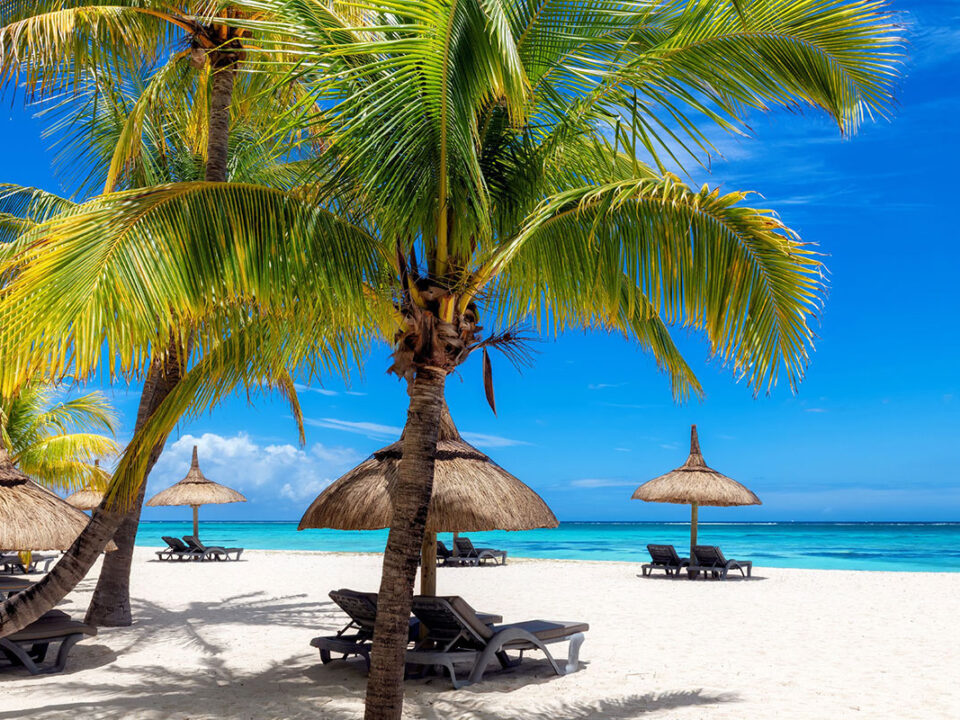Fly in Rwanda Gorilla Safaris
November 7, 2023
Safari to Mikumi National Park Tanzania
November 7, 2023Embark on an Unforgettable Safari to Mkomazi National Park, Tanzania
Discover the Wonders of Mkomazi National Park
Nestled in the northern region of Tanzania, Mkomazi National Park stands as a testament to the untamed beauty of the African wilderness. Covering an expansive 3,500 square kilometers, this national park remained remote and somewhat inaccessible for many years, not receiving the same financial support and recognition as its renowned counterparts like the Ngorongoro Conservation Area and the Serengeti National Parks. It was only in 1989 when the Tanzanian Government reevaluated the reserve’s status and declared it a National Priority Project that its true significance was truly acknowledged. Today, Mkomazi is readily accessible, and from Mambo View Point, a mere hour and a half drive will bring you to the Kivingo entrance.
Your safari to Mkomazi National Park introduces you to a realm of breathtaking wilderness. To the northwest, the towering presence of Mount Kilimanjaro, Africa’s highest summit, graces the horizon. To the south, the dramatic Pare and Usambara Mountains create a stunning backdrop, while to the north, Kenya’s expansive Tsavo National Park shares its border with Mkomazi, establishing common ground for migratory herds of elephants, oryx, and zebras during the wet season. This combined ecosystem of Mkomazi and Tsavo forms one of the largest and most crucially protected regions on our planet.
Mkomazi is located at the southern edge of the Sahel zone, characterized by its dry, savannah landscape, adorned with grey-green nyika bush, ancient baobab trees, and solitary rocky hills. As you venture further, these bushlands give way to open savannah woodlands, with umbrella acacias and mbugas – shallow valleys covered in grassland.
The park is inhabited by a diverse array of wildlife, each one adapted to the arid nyika environment. Giraffes, oryx, gerenuks, hartebeests, lesser kudu, eland, impala, and Grant’s gazelles coexist with larger mammals, including elephants, buffalos, and numerous predators such as lions, leopards, and cheetahs. Mkomazi is home to a total of 78 species of mammals.
The avian life in Mkomazi is equally abundant, boasting over 400 recorded species. Doves, hornbills, weavers, and guinea-fowls are found in great numbers, alongside striking species like the martial eagle and violet wood-hoopoe.
Discovering Mkomazi: A Bridge Between Northern Circuit and Coastal Attractions
Surprisingly, every day, thousands of people pass within a few kilometers of Mkomazi while traveling on one of Tanzania’s busiest highways. Now, both those travelers and those exploring the northern circuit safaris are heartily welcomed to uncover the treasures held within this slice of semi-arid savannah. Here, you will encounter herds of giraffes, elands, hartebeests, zebras, buffalos, and elephants against the backdrop of stunning landscapes.
Mkomazi plays a vital role as a refuge for two critically endangered species: the charismatic black rhino and the social African wild dog. These species were successfully reintroduced to the park in the 1990s. The nomadic wild dogs can be spotted throughout the park, while the black rhinos are safeguarded within a fenced sanctuary, securing their future for generations to enjoy and cherish.
Mkomazi is also home to species adapted to dry regions, which are rare in the rest of Tanzania. Notably, the fringe-eared oryx, distinguished by its impressive back-sweeping horns, and the elegant lesser kudu, characterized by its spiral-shaped horns, thrive in this environment. Among the most remarkable is the gerenuk, a gazelle with a distinctive slender neck, an otherworldly, alien-like head, and the habit of standing on its hind legs to reach acacia leaves that other browsers cannot access.
Established as a game reserve in 1951, Mkomazi became a national park, deriving its name from the word “Mkomazi” in the Pare tribe’s language, signifying a “scoop of water,” alluding to its limited water resources. The park offers an incredible destination for bird enthusiasts, with over 450 bird species recorded, including dry-country endemics like the cobalt-chested vulturine guinea-fowl, large ground birds such as ostriches, kori bustards, secretary birds, ground hornbills, and migratory species like the Eurasian roller.
Discover Mkomazi’s Beauty and Wildlife Conservation
Mkomazi National Park is situated in northern Tanzania, extending across the administrative regions of Kilimanjaro and Tanga. To the west, the park shares its border with Kenya’s Tsavo National Park. The Zange entrance gate is located 112 kilometers (69 miles) from Moshi, 550 kilometers (341 miles) from Mwalimu J. K. Nyerere International Airport in Dar es Salaam, 142 kilometers (88.7 miles) from Kilimanjaro International Airport, 120 kilometers (75 miles) from Kilimanjaro National Park, and 6 kilometers (3.7 miles) from the town of Same.
Exploring Mkomazi National Park
Getting to Mkomazi is convenient via road, with easy access through Same, a town on the surfaced highway connecting Arusha to Dar es Salaam. The park is also accessible on special arrangements through Njiro, Kivingo, and Umba gates. Mkomazi is in close proximity to nearby tourist attractions, including the Eastern Arc Mountains, the Coast, and Kilimanjaro Mountain. Charter flights are available to Kisima airstrip, providing another means of reaching this splendid park.
Activities to Enjoy in Mkomazi National Park
- Game drives
- Camping
- Sightseeing
- Birdwatching
- Walking safaris
- Hiking (uphill)
- Learn more about conservation and rhinoceros at Mkomazi rhino sanctuary
Accommodation Options in Mkomazi National Park
While you embark on your unforgettable journey through Mkomazi National Park, you’ll find accommodation options that cater to your comfort and preferences:
- One semi-permanent tented camp located near the Park headquarters
- Several designated basic campsites that require visitors to bring their own camping gear and food
- Numerous small hotels and guest houses in Same town
Join Us on a Safari to Mkomazi National Park in Tanzania
Contact Trek Africa Expeditions to embark on a mesmerizing safari to Mkomazi National Park in Tanzania. Explore the breathtaking landscapes, encounter a wide array of wildlife, and indulge in the joy of conservation. Witness the unique natural treasures and endless expanses of space that make Mkomazi an essential bridge between the northern circuit and coastal attractions. This journey will leave you with memories to cherish for a lifetime.




